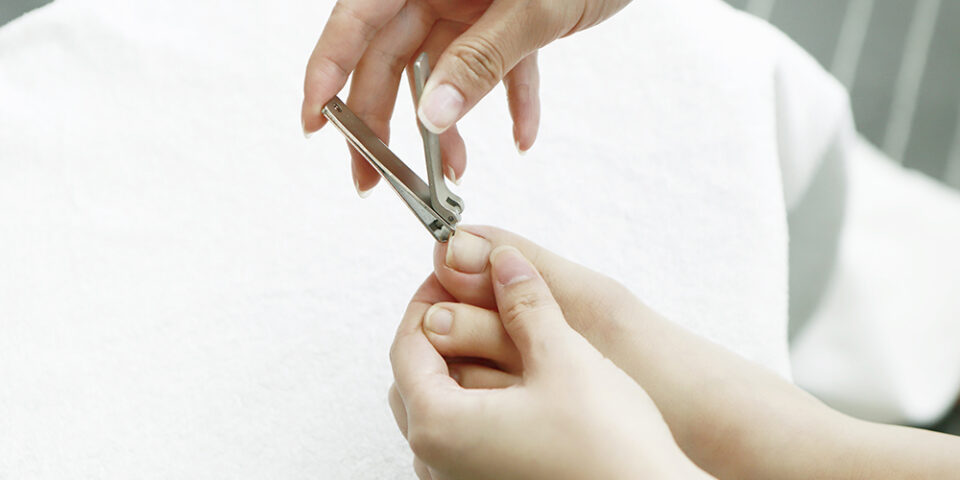How to avoid ingrown toenails and other common foot problems
An ingrown toenail happens when the edge of your toenail, usually on your big toe, grows into the skin. Ingrown toenails can cause pain and infection. Orthopedic foot and ankle surgeon J. Benjamin Jackson III, MD, explained how to avoid ingrown toenails and offered some other tips to keep your feet healthy.
How can you prevent ingrown toenails?
The best way to prevent ingrown toenails is to avoid cutting the nail short enough that it can grow into the skin. “Cut straight across and leave some of that white area of the nail where it’s gone beyond where the skin attaches,” Dr. Jackson said. “You can curve the edges slightly, just don’t make them too short.”
Also, avoid wearing ill-fitting or pointy toed shoes. And if you get pedicures, make sure you’re going to a place that uses sterile equipment and doesn’t trim the nails too far back.
What are some other ways to keep your feet healthy?
Dr. Jackson offered three tips:
Use lotion. If you have dry skin or sweaty skin, both of those extremes can cause trouble. Your skin is the best barrier to infection, so if you get deep calluses or dry and cracking skin, that can be an entrance wound for infection. Applying lotion will keep the skin soft and avoid cracking.
Keep your feet dry. If you have moisture on your feet for a long time, the skin can get wrinkled and become very soft or crack. Once again, that cracking can lead to infection. Foot sweat can also cause fungal infections such as athlete’s foot, a common foot problem that is most often found between the toes. To avoid this problem, be sure to dry in between the toes. Change your socks one to two times a day if needed, especially if you’re working outside in the heat.
“I particularly counsel my diabetic patients on that, because they’re at a higher risk for getting these fungal infections in between the toes,” Dr. Jackson said. “Using a towel to dry off in between your toes, almost “flossing” in between the toes, is particularly helpful for preventing that type of infection.”
If you feel foot pain, get it checked. Foot pain is incredibly common. Everybody gets a sprain or strain every now and then and many issues resolve on their own. But there are three instances where you should get the pain checked by a doctor:
- The pain is progressively increasing. If you start to have some pain and then few days later it continues to get worse, it’s time to seek care.
- Pain that doesn’t get better should be checked out. If you notice pain while you’re running so you take a week or so off, but the pain doesn’t stop, it’s time to see a doctor.
- Pain caused by deformity. Things like bunions, hammertoes or a progressively collapsing foot. These issues frequently start as a deformity before they even become painful.
Seeking care can prevent a deformity or foot pain from getting worse.
Find a doctor
Whether you’re looking for a primary care physician or need to see a specialist, we’re here to help with experienced, compassionate care near you.
Find a Doctor

